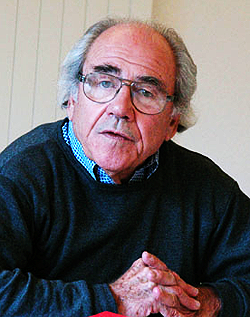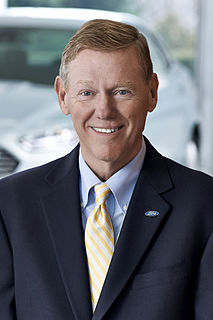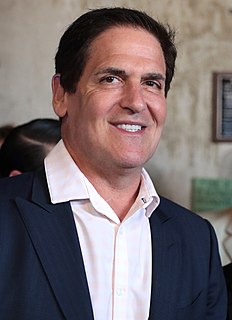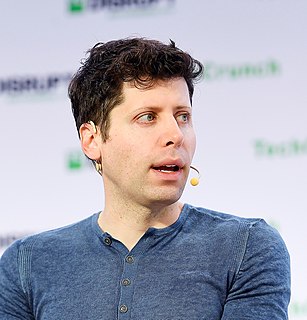A Quote by Chad Hurley
Many large brands are now just marketing machines for what's being made offshore.
Related Quotes
More brands are waking up to their social responsibility and doing good work through cause marketing campaigns. Yet too many still go about it the wrong way. I mean 'wrong' in two senses. Firstly, they are marketing ineffectively, and secondly, as a consequence their positive social impact is not maximized.
Late twentieth-century machines have made thoroughly ambiguous the difference between natural and artificial, mind and body, self-developing and externally designed, and many other distinctions that used to apply to organisms and machines. Our machines are disturbingly lively, and we ourselves frighteningly inert.
Most brands that are called luxury brands today are not true luxury brands. The globalization of fashion and luxury means you now find the same luxury brands in every city. The stores look the same, the products are the same. It is still a very good quality product but it is now readily available to everyone. It's a kind of mass luxury.
Lying offshore, ready to act, the presence of ships and Marines sometimes means much more than just having air power or ship's fire, when it comes to deterring a crisis. And the ships and Marines may not have to do anything but lie offshore. It is hard to lie offshore with a C-141 or C-130 full of airborne troops.
I am expecting that consumers are going to continue and exert power and influence. The idea of radical transparency is something that few brands are taking advantage of now, and most brands fight it. I’d say that in 10 years the best brands won’t be those with the best stories, sort of made up fictional stories, but those that will give an accurate and real time picture of what they are doing in the interest of the consumer, in any given time.

































